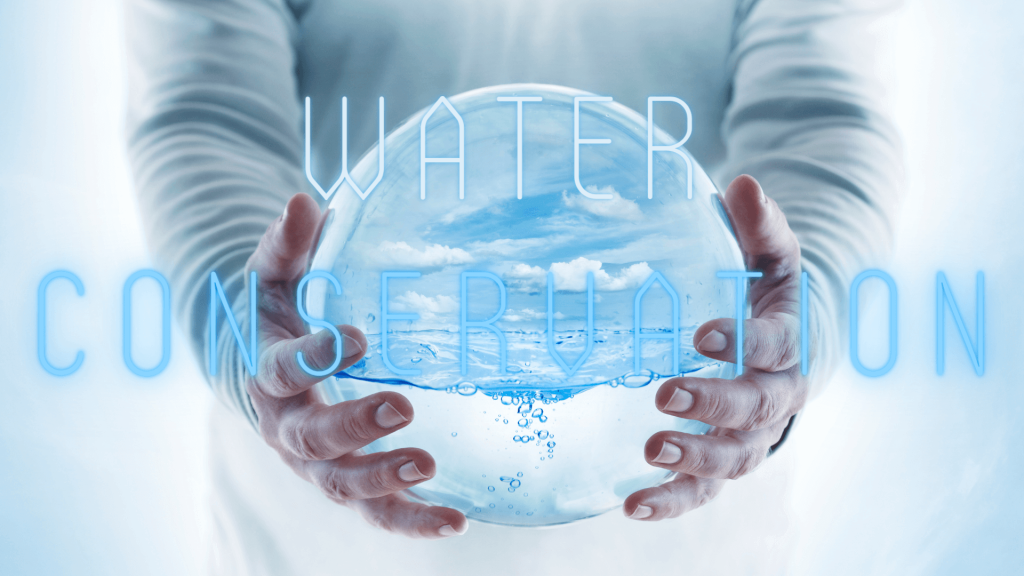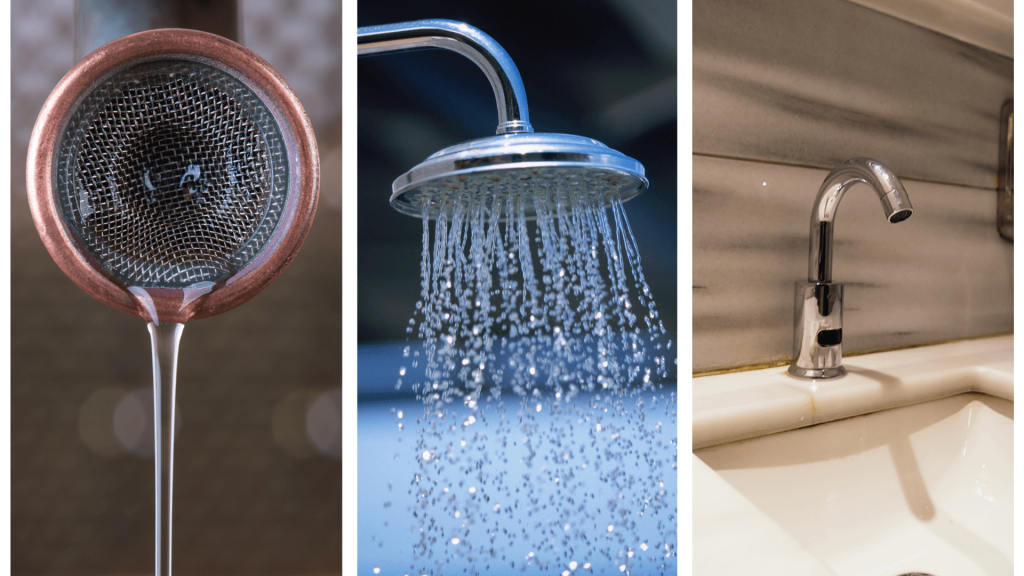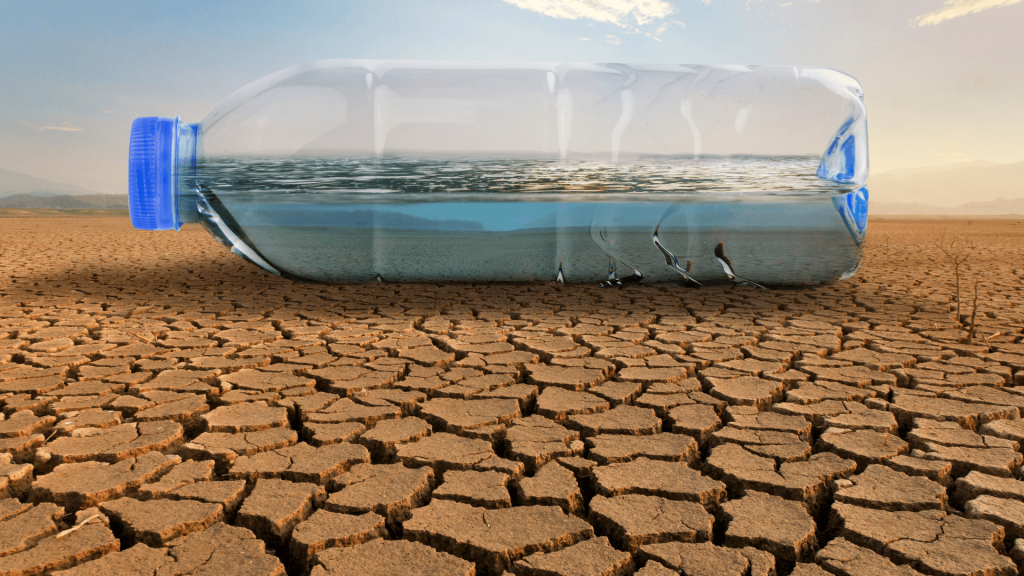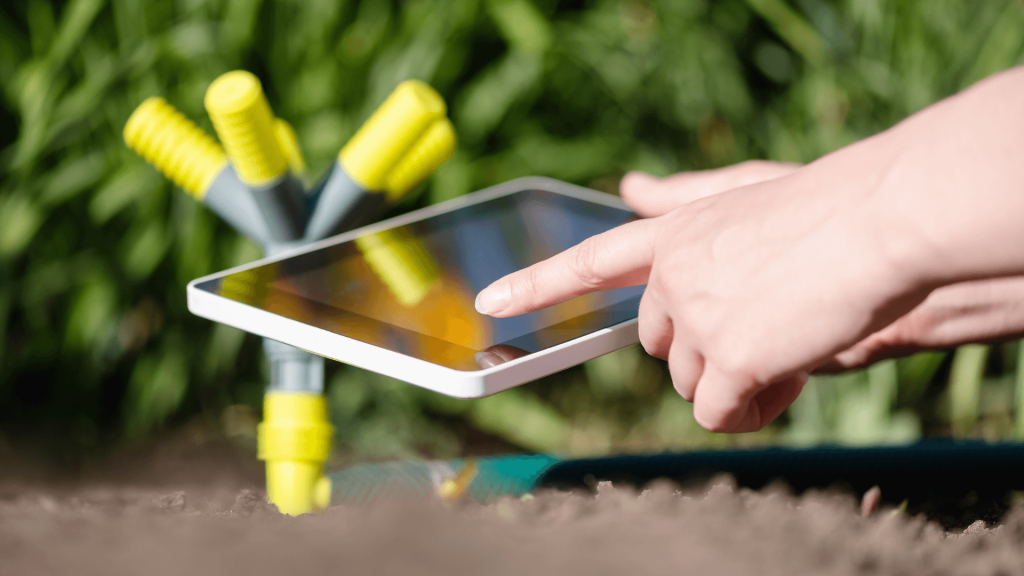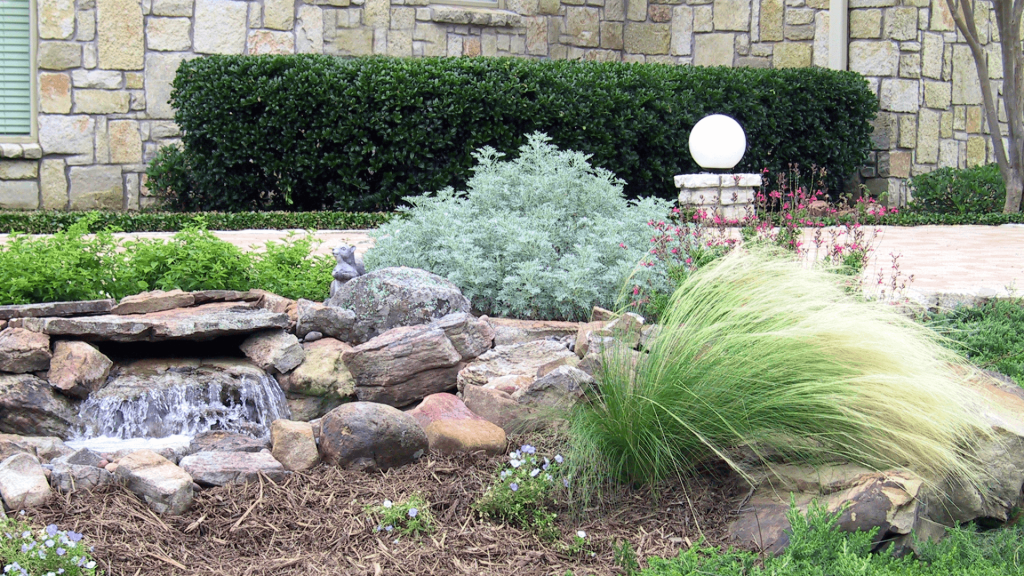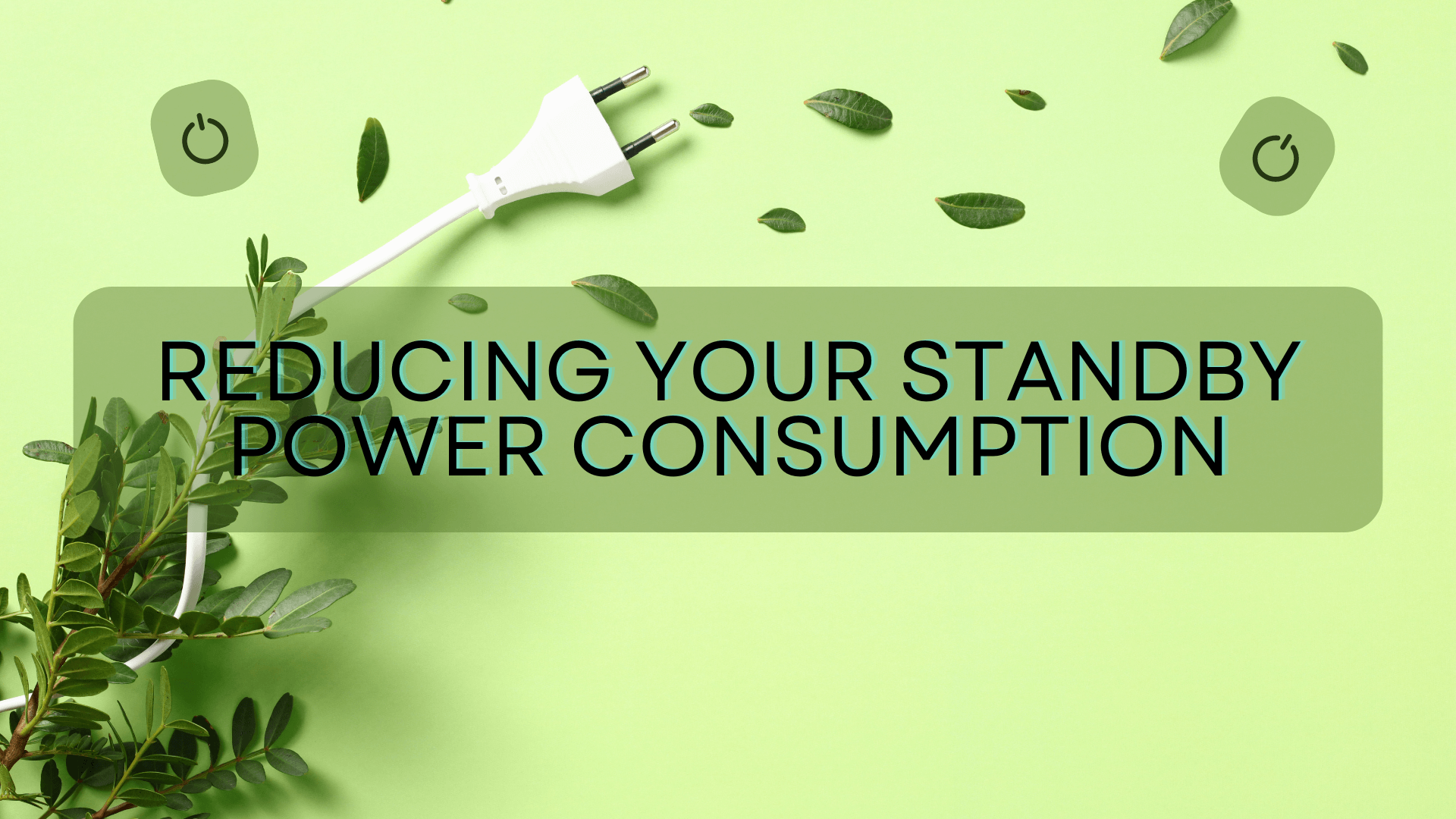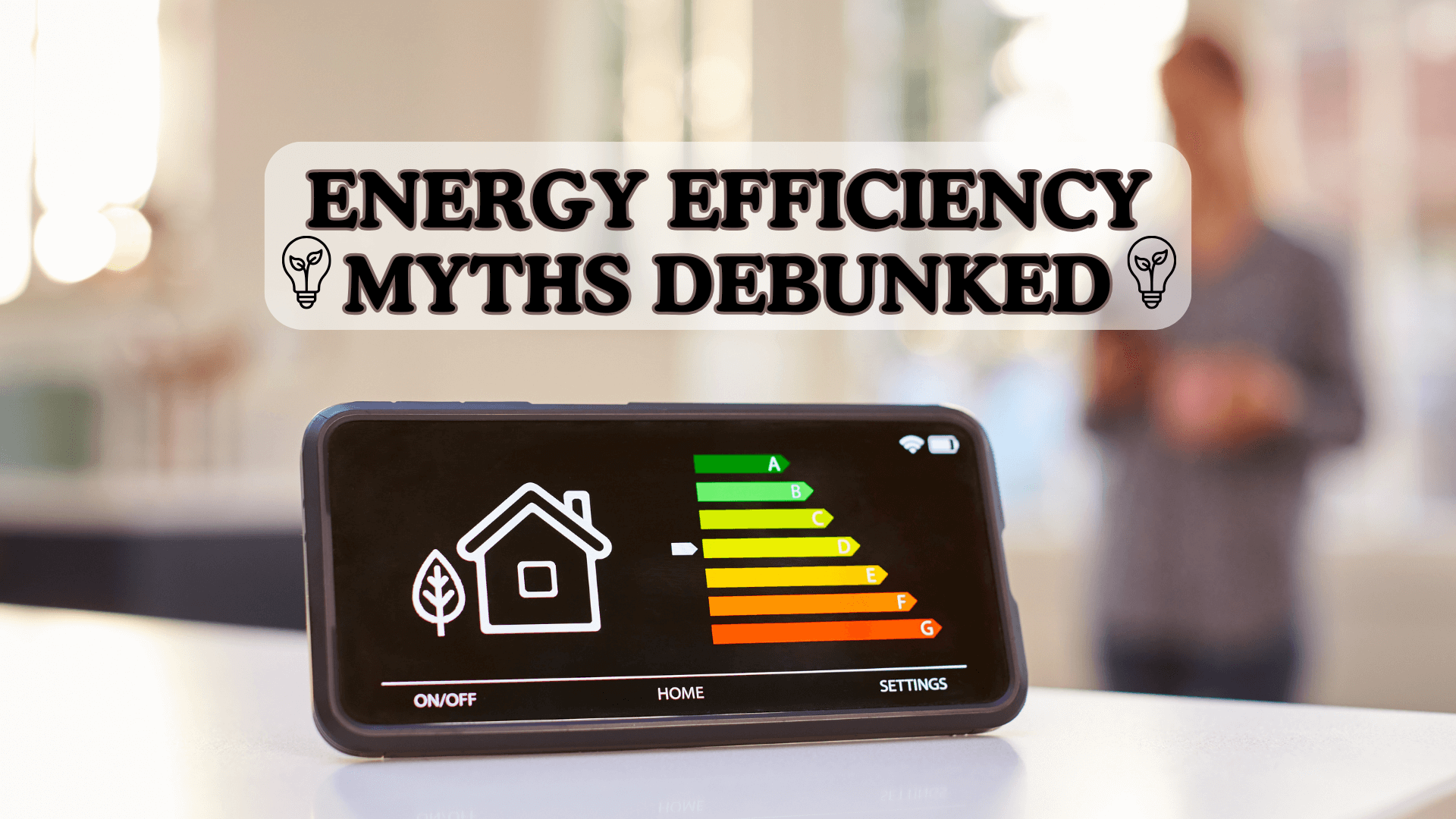Display Table of Contents
Water is an invaluable resource, yet one that is increasingly at risk due to overuse and environmental degradation. Conserving water is not just a matter of environmental sustainability but also one of social responsibility. In this article, we will explore a range of water conservation techniques that are easy to implement and can make a significant impact in reducing water consumption at home.
The Importance of Water Conservation
Water is indispensable for life on Earth, and yet it is often taken for granted. Scarcity of water resources affects not just the environment but also has societal implications, from inflating costs to affecting public health. It is imperative to address this issue by adopting conservation techniques that can be applied easily in our daily lives.
According to the Water UK, the average household uses about 330 litres of water per day. While there are more critical uses like drinking and sanitation, a large amount goes to activities where conservation could be applied. This article offers a variety of water-saving solutions, from simple lifestyle changes to more advanced systems.
Fix Leaks Promptly
One of the simplest yet most effective steps in water conservation is fixing leaks. A dripping faucet can waste up to 3,000 gallons of water per year, which is enough to fill 180 bathtubs. Therefore, regular maintenance checks should be a staple in every household. Modern plumbing solutions offer durable fixtures, which significantly reduce the chances of leaks.
Water-Saving Appliances
Switching to water-efficient appliances can be a more substantial, yet highly effective, measure for water conservation. For instance, ENERGY STAR certified water heaters can save a considerable amount of water in comparison to traditional models.
- Dishwashers: Modern dishwashers can be 80% more water-efficient than washing dishes by hand.
- Washing Machines: High-efficiency washing machines use about 40% less water than traditional models.
- Toilets: Dual flush systems can save up to 68% more water than conventional toilets.
Smart Water Use in the Garden
Outdoor activities, particularly gardening, can consume a large amount of water. However, smart planning and the use of advanced systems can bring about a considerable reduction. Drip irrigation and soaker hoses are examples of such systems that apply water directly to the soil, reducing water loss due to evaporation. These systems are especially helpful in arid regions where water is scarce.
Summary
Conserving water is a collective responsibility, one that has both local and global repercussions. By adopting some of these simple yet effective water-saving techniques, every household can contribute to this cause. The next sections will delve deeper into the various methods and technologies you can use to make your home more water-efficient.
Stay tuned as we cover more advanced solutions and the economic aspects of water conservation.
Water-Efficient Fixtures
Investing in water-efficient fixtures can provide long-term savings in both water consumption and utility costs. Faucet aerators, low-flow showerheads, and sensor-based taps are common options to consider.
- Faucet Aerators: These devices mix air with the water flow, reducing the amount of water expelled while maintaining pressure.
- Low-Flow Showerheads: A quality low-flow showerhead can reduce water consumption by up to 40% without compromising performance.
- Sensor-Based Taps: Perfect for minimizing waste, these taps only run water when they detect motion, avoiding unnecessary usage.
When making the switch to water-efficient fixtures, Water Regulations Advisory Scheme (WRAS) approved products are recommended for their quality and effectiveness.
Recycling Greywater
Greywater is wastewater generated from activities such as bathing, washing hands, or doing laundry. Instead of letting this water go to waste, systems are available that filter and treat greywater for non-potable uses like gardening or flushing toilets. The two main types of greywater recycling systems are:
| Type | Description | Advantages |
|---|---|---|
| Direct Systems | Greywater is directly routed to the garden or toilet tank without treatment. | Simple installation and low cost. |
| Indirect Systems | Greywater is collected, treated, and then used for various purposes. | Higher water quality, suitable for more applications. |
Wise Use of Kitchen Water
The kitchen is another area where water consumption can be minimized through smarter practices. For example, instead of letting tap water run while rinsing fruits or vegetables, filling a basin for the same purpose can save several litres of water. Also, defrosting food in the fridge rather than under running water is another effective way to conserve.
Collecting Rainwater
Rainwater harvesting is an increasingly popular water conservation technique. Rainwater is collected from roofs and stored in barrels or cisterns for later use in gardening, car washing, or even toilet flushing after proper treatment. Such systems can reduce household water consumption by as much as 50%.
Summary
Water conservation should be an integral part of contemporary living. With increasing scarcity and the high environmental cost of water waste, the strategies discussed here offer realistic solutions for homeowners. By adopting these measures, households can significantly reduce their water footprint, contributing to a more sustainable future.
The final section of this article will focus on the economics of water conservation and how these technologies can be beneficial from a financial standpoint.
The Economics of Water Conservation
While the environmental and social imperatives for water conservation are clear, it’s also worth examining the economic angle. Implementing water-saving technologies and practices often entails upfront costs. However, these investments typically pay off in the long run through reduced utility bills. For example, according to a study by Waterwise, a water-efficient home can save up to £78 per year on water bills alone.
Government Incentives
Various local and national governmental bodies offer financial incentives for households that implement water-saving measures. Tax rebates, low-interest loans, and grants are some of the financial mechanisms available to support the adoption of water-efficient appliances and fixtures. Before making any purchases, it’s advisable to check the availability of such incentives in your area.
Smart Water Meters
Smart water meters not only offer real-time tracking of water usage but can also identify leaks or abnormal consumption patterns. These meters allow homeowners to manage their water usage more efficiently, thereby reducing costs. Most water companies are moving towards the adoption of smart meters, so consider upgrading if your home is still equipped with a traditional meter.
Cost-Benefit Analysis
Conducting a cost-benefit analysis can provide a clearer picture of the long-term savings water conservation efforts can bring. For example, the cost of installing a greywater recycling system can range from a few hundred to several thousand pounds, depending on the complexity of the system. However, the savings generated over time can justify the initial investment.
| Conservation Measure | Estimated Cost | Annual Savings |
|---|---|---|
| Low-Flow Showerhead | £20 – £50 | Up to £50 |
| Drip Irrigation System | £100 – £300 | Up to £75 |
| Smart Water Meter | £50 – £100 | Varies |
Summary
Water conservation is not just a responsibility towards the environment and society; it’s also an economically wise decision. From cost savings in utility bills to potential tax benefits, the financial advantages are manifold. By adopting even a few of the conservation techniques and technologies discussed in this article, homeowners can play a crucial role in safeguarding this vital resource while also benefiting financially.
Conclusion
The need for water conservation is more urgent than ever. Every household can make a significant contribution by incorporating these water-saving techniques into their daily routines. It’s a win-win situation—contribute to a sustainable future while also enjoying the economic benefits. The time to act is now.
Smart Water Management Systems
As we move into an increasingly digital age, smart water management systems offer cutting-edge solutions for water conservation. These systems employ Internet of Things (IoT) devices, real-time analytics, and cloud-based monitoring to automate and optimize water usage.
Key Features
| Feature | Description |
|---|---|
| Remote Control | Control water usage through smartphones or computers. |
| Leak Detection | Instant alerts for any unusual water activity, reducing the risk of water loss. |
| Usage Analytics | Comprehensive data on water consumption patterns, aiding in better management. |
By installing a smart water management system, you can take water conservation to the next level, further reducing your ecological footprint and utility costs. Companies like FluksAqua and Badger Meter offer robust solutions tailored to residential needs.
Educational Programmes and Community Engagement
Conservation is a communal effort, and education plays a significant role in disseminating knowledge on effective water-saving techniques. Many organizations offer educational programmes aimed at equipping individuals with the skills needed to conserve water effectively. Involving your local community in water conservation initiatives, whether it’s through workshops or community gardens, can multiply the impact of individual efforts.
Summary
Water is a finite and essential resource that requires careful management to ensure its availability for future generations. From basic steps like fixing leaks and using water-efficient fixtures, to more advanced measures like installing greywater recycling systems or smart water management solutions, there are numerous ways to conserve water at home. Moreover, the economic advantages make water-saving technologies a wise investment for the long term.
Final Thoughts
Given the critical role water plays in sustaining life and ecosystems, responsible usage is not optional but essential. This article has laid out an array of techniques and technologies for water conservation at home, each with its own set of environmental and economic benefits. Adopting these measures will not only alleviate your water footprint but also contribute to a broader, global effort to preserve this invaluable resource.
Intelligent Irrigation Systems
For households with gardens or lawns, traditional sprinkler systems are notorious for their inefficiency, often watering sidewalks or roads. Intelligent irrigation systems employ sensors and predictive analytics to provide precise watering schedules based on weather forecasts, soil conditions, and evaporation rates.
Key Benefits
| Benefit | Description |
|---|---|
| Resource Optimization | Ensures that plants receive only the amount of water they require. |
| Cost Savings | Reduces water bills by eliminating wasteful watering. |
| Convenience | Automates the irrigation process, requiring minimal intervention. |
Popular brands such as Rachio offer intelligent irrigation systems that are user-friendly and easily integrated into smart home setups.
Water-Saving Apps
Several mobile applications are designed to assist in water conservation. These apps offer features like daily water consumption tracking, alerts for exceeding predefined limits, and tips for efficient water use. Some notable apps in this category include Dropcountr and Get Water Fit.
Summary
The evolution of technology is playing an increasing role in water conservation. Intelligent irrigation systems and water-saving apps are practical ways to further reduce water consumption. These digital solutions offer a harmonious blend of convenience and sustainability, making them valuable additions to any modern household’s water conservation toolkit.
Conclusion
While the need for water conservation is universally acknowledged, effective action requires adopting a multifaceted approach. This comprehensive guide has elucidated various techniques—from basic to advanced, manual to automated—that can significantly curb domestic water use. By integrating these methods, homeowners not only stand to gain economically but also partake in a larger societal responsibility to sustain one of our most precious resources: water.
Role of Landscaping in Water Conservation
Often overlooked, the role of landscaping in residential water conservation is significant. Traditional gardens with lush lawns and water-hungry plants can contribute to substantial water waste. However, xeriscaping — a landscaping philosophy that focuses on plants requiring minimal water — offers an eco-friendly alternative.
Key Elements of Xeriscaping
| Element | Description |
|---|---|
| Plant Selection | Choose native or drought-resistant plants that require minimal watering. |
| Soil Preparation | Use compost and other organic matter to improve soil water retention. |
| Efficient Irrigation | Use drip irrigation systems to deliver water directly to plant roots, reducing evaporation. |
Adopting xeriscaping principles can drastically reduce outdoor water consumption and create a sustainable garden space. Further guidance can be found through organisations such as the Royal Horticultural Society.
Consumer Awareness and Product Labelling
Being an informed consumer plays a pivotal role in water conservation. Many appliances come with an energy rating label that also indicates water efficiency. Always opt for appliances with better water efficiency ratings, even if they are slightly more expensive, as they provide long-term savings.
Summary
Effective water conservation is achievable through a blend of advanced technologies, sustainable practices, and informed choices. Whether it’s the type of plants in your garden or the appliances in your home, every decision impacts your water footprint. Xeriscaping and consumer awareness are further avenues to explore for those committed to reducing water usage.
Conclusion
Water conservation is a multi-dimensional challenge that requires concerted efforts from all sectors of society. This article has provided a comprehensive overview of practical and actionable measures you can take to make a real impact. By embracing these techniques and technologies, we can each contribute to preserving this invaluable resource for future generations, while also reaping immediate financial benefits. The impetus to act wisely and decisively lies with each one of us.

